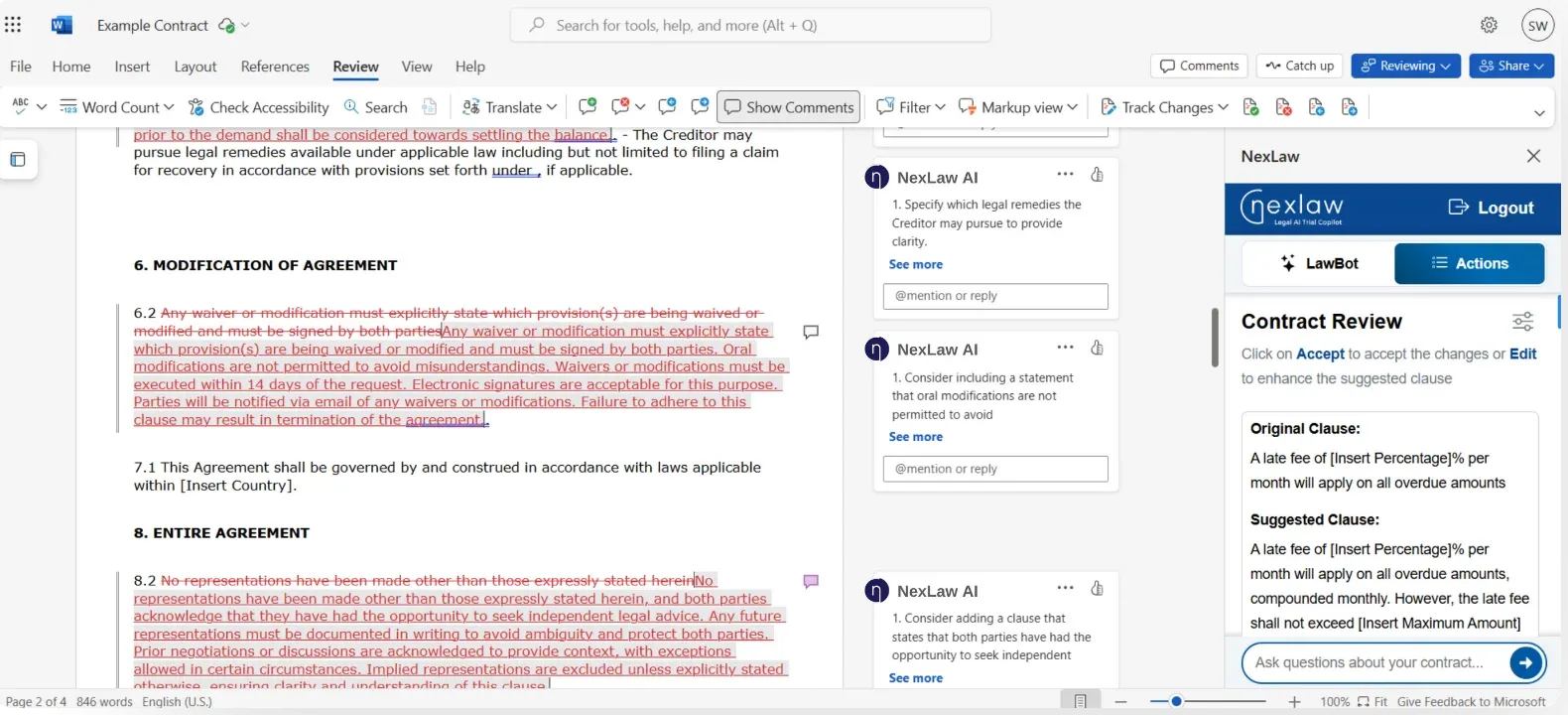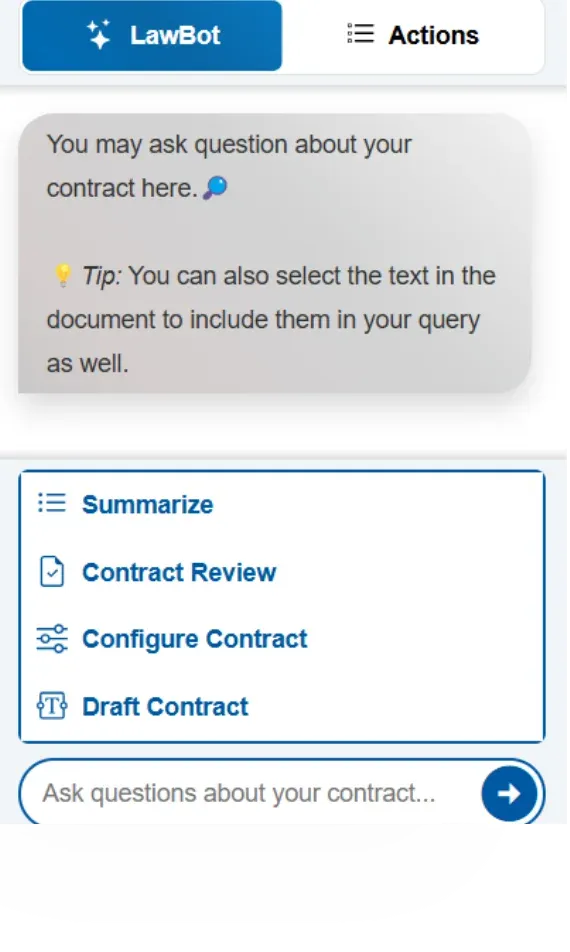Document Review with AI: Efficiency and Accuracy Combined
Document review is an essential process in various fields, particularly in legal, compliance, and corporate environments. It involves examining documents to identify relevant information, assess compliance, and summarize content.
AI-powered document review leverages advanced technologies like natural language processing (NLP) and machine learning (ML) to automate the examination of text-heavy files. These tools can identify patterns, detect anomalies, and extract key information far more efficiently than manual methods. From legal contracts and compliance documentation to research papers, AI simplifies the review process while enhancing accuracy.
AI document review services primarily utilize two main methodologies: Technology Assisted Review (TAR) and Generative AI. While TAR has long been the prevailing approach, generative AI is emerging as a transformative force in the future of document review. 1. Technology Assisted Review (TAR): TAR is the most established method of document review technology currently available. It provides attorneys with a quick and dependable means to assess documents, and its effectiveness is widely recognized by courts during the eDiscovery process. However, TAR does have some limitations. For example, TAR is particularly suited for text-heavy documents such as Word files and emails. Yet, in today's digital landscape, where various data types—including text messages and videos—are increasingly relevant in eDiscovery, TAR struggles to manage these formats effectively. 2. Generative AI: Generative AI represents a rapidly evolving technology that is being integrated into legal workflows to enhance document review processes. By employing machine learning algorithms, generative AI can adapt and learn, swiftly identifying the most pertinent information and generating comprehensive summaries of documents. This technology is capable of reviewing a diverse range of data types, from video calls to Slack messages, and can perform tasks beyond traditional document review. Although generative AI is still developing and has not yet achieved the same level of acceptance in courts as TAR, its credibility and adoption are on the rise. As advancements continue, the integration of generative AI into legal practices is expected to become increasingly prevalent.
Speed and Efficiency: AI streamlines repetitive and time-consuming tasks involved in document review, such as data extraction (including names, addresses, dates, and numbers), keyword tagging, redaction (for privacy, project confidentiality, and trade secrets), and classification (organizing documents into specific categories for quicker access). This automation significantly decreases the time and effort needed for document reviews, resulting in faster completion times and more efficient workflows. Accuracy and Consistency: AI enhances the accuracy of document reviews by identifying relevant documents that human reviewers might overlook. Machine learning algorithms, including those utilized in Predictive Coding and Active Learning, can recognize patterns within data, enabling reviewers to locate pertinent documents with greater reliability. Natural Language Processing (NLP) facilitates the extraction of key terms and concepts, identifies relationships between entities, and presents documents in a more intuitive, topic-oriented manner. Additionally, AI’s capability to apply past coding decisions ensures consistent treatment of sensitive information, thereby minimizing the risk of errors. Cost Reduction: By automating labor-intensive tasks while improving the speed and accuracy of document reviews, AI contributes to a reduction in overall costs associated with the process. Law firms can save on labor expenses and mitigate costs stemming from human error. Furthermore, the ability to reuse coding decisions decreases the necessity for repeated reviews, leading to additional cost savings.
With advancements in AI, the document review process will become even more intuitive. Enhanced capabilities, such as visual document analysis for scanned files, are already being explored. Platforms like NexLaw AI, Casepoint, and Filevine are investing in adaptive AI that learns from user behavior, further personalizing the review experience. By embracing AI-powered document review, organizations can streamline operations, reduce errors, and focus on strategic tasks. Whether you're a law firm, a business executive, or an academic, AI is here to revolutionize the way you work with documents.
Leading AI Tools for Document Review
Legal Review
Superhuman Precision
Integrating with Microsoft Word, NexLaw’s contract review tool analyzes contract clauses, identifies areas for improvement, and provides users with AI-driven recommended edits.
Faster in reviewing
Legal Precedents to enhance AI predictions
Sources used to train AI for contract analysis
Legal Writer
Superhuman AI Assistan
Seamlessly integrate with Microsoft Word to draft compliant contracts that meet industry standards, effortlessly progressing from a blank page to letter of demands, agreements and more.
Faster in drafting
Legal document templates and custom options
Sources used to train AI for contract analysis
How Does AI Document Review Work?

Reviewing Your Contract
Our algorithms analyze your contract and provide suggestions highlights for enhancements.

Configure Contract
Select a specific jurisdiction and party before reviewing or drafting your contract.

LawBot
Provide valuable insights and suggestions about the contract.










